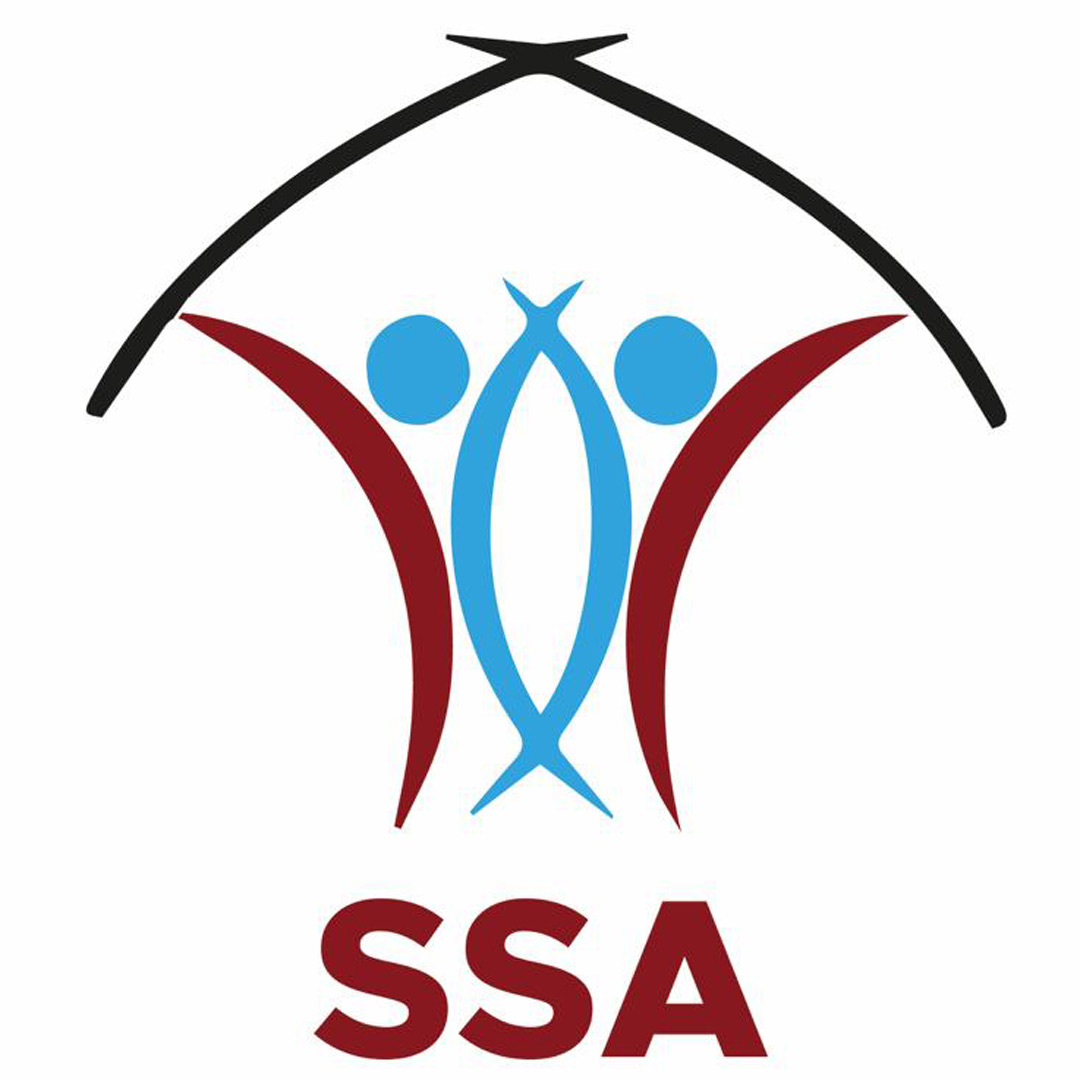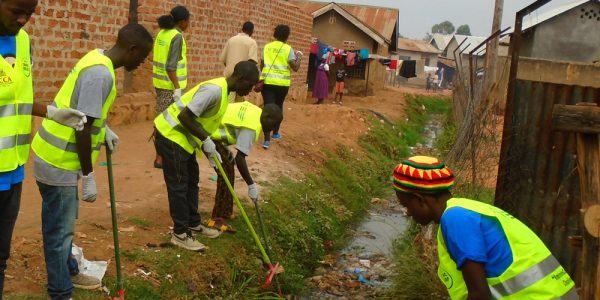There are poor sanitary facilities in all urban centres in Uganda and these conditions result in increased risk of pathogenic contamination and epidemics. Increased incidence of water borne diseases such as cholera ,dysentery, and typhoid have been recorded across the country . It’s reported that annually over 80,000 cases a registered with these kind of diseases, in addition, there are many unreported cases. This situation clearly indicates the need for improved access to safe water and sanitation.
Another issue of great importance is the increased levels of nutrients and organic matter from urban and industrial point sources, resulting in eutrophication problems and oxygen deficiencies. Recent measurements of bio chemical oxygen demand loads from the major towns served by NWSC in Uganda showed that the established standards for discharge of BOD were exceeded most of the time in the period from 2003 to 2005.
Measurements from Murchison Bay in 1996 and 1997 showed that the chlorophyll level had increased 4-5 times in that period. The presence of opportunistic species such as water hyacinth (Eichhornia crassipes) and duck weed (lemna species) in many Ugandan water bodies clearly indicates water quality problems. Observations of oxygen depletion reduced light conditions and fish deaths underline the harmful effects of eutrophication on the aquatic eco system. Besides having an impact on the water use for the aquatic environment, the presence of blue-green algae is a danger to public health because some species are toxic. Such effects can make surface water inadequate for human and animal consumption and result in increased costs of production in water treatment.
The main industrial activities in Uganda are primarily concentrated in Kampala, Jinja, Mbale, Entebbe, Kasese and Mbarara. The major industrial polluters include breweries, textile factories, sugar factories, food processing, metal factories, paints, oil, soap and leather tanning industries. Under the water quality component of Lake Victoria environment project (LVEMP) it was estimated that the amount of of BOD, total nitrogen (TN) flowing from the major Ugnadan industrial points into Lake Victoria per day was 2455kg and 126kg per day of phosphorous (TP In addition to the major industrial activities, there are a number of cottage and semi-industrial activities (battery manufacturers, garages, fuel stations, local gin (enguli) distillers, etc.) which may affect the water quality in the vicinity of their location and other water bodies. The industries are poorly regulated and most lack pre treatment facilities for their wastewater. This situation can lead to unacceptable levels of toxic substances, organic pollution and nutrients in the receiving water bodies.
Moreover, poor waste management of solid and liquid wastes, wrongful dumping in wetlands, especially by urban authorities, have led to pollution of surface and underground water bodies. Previously, the significance of these pollution sources has been considered as relatively low due to the generally low economic activity. However, the magnitude of the industrial pollution is relatively unknown and with continued economic growth, water quality impacts from industrial activities will be an issue of high importance at the local and national level.

